10 High-Fiber Foods That Should Be on Your Plate Every Day
Fiber is an important part of a healthy diet and offers numerous health benefits. Incorporate these high-fiber foods into your diet to boost your intake and well-being.
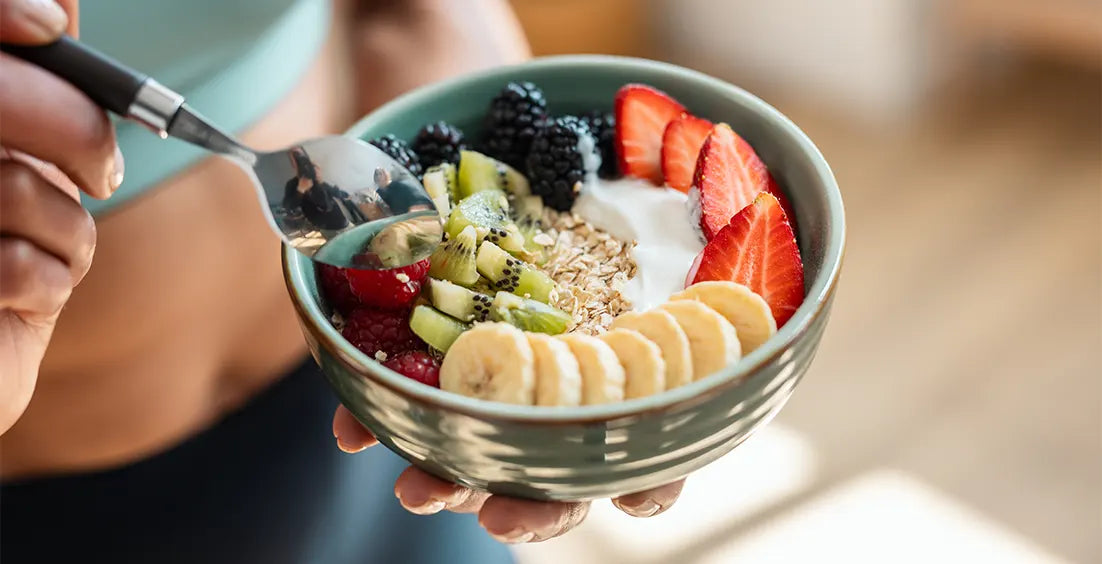
Boosting your daily intake of high fiber-rich foods can offer multiple benefits, including optimizing digestion, easing constipation and bloating, balancing blood sugar, supporting heart health, and curbing hunger for weight management.
Despite these advantages, the U.S. Department of Agriculture reports that Americans consume only 58% of the recommended 14 grams per 1,000 calories daily, increasing the risk of health issues like heart disease and diabetes.
Beth Czerwony, RDN, notes, “Research shows that in countries where people consume high amounts of fiber in their diets, the overall rates of chronic disease are low.
Wondering how to make the switch to a high-fiber diet? There are multiple delicious and easy-to-prepare foods like fruits, vegetables, nuts, seeds, and beans that you can eat daily to increase your intake. In this article, we explore the benefits of consuming fiber and tell you some of the best high-fiber-rich foods to include on your plate.
What is Fiber?
Fiber is a plant-based carbohydrate that is either water-soluble and digestible or insoluble, meaning it can not be processed by the digestive tract. The soluble form of fiber is found in foods like beans, nuts, seeds, and fruits. It helps slow digestion, balance blood sugar, and curb hunger for weight management.
Soluble fiber also acts as a prebiotic, feeding healthy probiotic bacteria in the gut to balance the microbiome. This supports digestive health, helping to promote regular bowel movements and ease issues like gas, constipation, and bloating.
Insoluble fiber comes from the outer skin of many plants and exists in foods like whole grains, seeds, and celery. It passes directly through the digestive tract and bulks the stool to help alleviate diarrhea.
For optimal health, we require both soluble and insoluble fiber-rich foods, and the average recommended daily intake according to the Academy of Nutrition and Dietetics is 25 grams for women and 38 grams for men.
Naturally, you must be asking yourself, “What foods are highest in fiber?” Let’s look at some of the best additions to enrich your diet.
Key Takeaways
- Increasing your daily intake of soluble and insoluble fiber foods helps enhance heart health, improve digestion, balance blood sugar and cholesterol, and support weight management.
- Incorporate nuts and seeds, berries, whole grains, beans and peas, avocados, and other foods high in fiber to your daily diet.
- Inadequate dietary fiber intake could lead to fatigue, constipation, diarrhea, and it may increase heart disease risk.
- Consult with a healthcare provider like a Registered Dietician to discuss ways to add more fiber into your diet.
10 High-Fiber Foods That Should Be on Your Plate Every Day
If you’re unsure about which top fiber foods you should add to your meal plan, follow our mini guide to transforming your diet with some delicious additions. These are some of the best high-fiber-rich foods to include on your plate daily:
Berries
You can’t go wrong by adding more berries to your diet, as they are rich in immune-boosting antioxidants and nutrients like vitamins C and K, magnesium, iron, and both soluble and insoluble fiber.
Raspberries provide 8 grams of fiber per cup, blackberries are a close second at 7.6 grams, and other fiber-rich berries include strawberries and blueberries. Consider adding them to yogurt, blending them into a smoothie, or eating them one by one as a tasty snack.
Avocados
As one of the top high-fiber foods, ½ an avocado provides 5 grams of soluble fiber, about 20% of the daily requirement. Avocado is also packed with healthy fats, plant protein, vitamins C, E, and K, folate, magnesium, and potassium.
Adding an avocado to your salad or a spread (guacamole!) daily can help improve digestion, balance blood sugar, and strengthen immunity. Avocados are naturally high in calories, but the fiber content helps curb hunger to support weight management.
A daily serving of avocado also supports heart health, and according to a U.S. population study in the Journal of the American Heart Association, may reduce your risk of cardiovascular disease.
Oats
Oats are rich in soluble fiber, primarily beta-glucan. One cup of raw oats contains 16.5 grams, making them one of the top fiber foods. In addition, oats contain nutrients like zinc, iron, manganese, and phosphorus that support health and immune function.
Adding a daily cup of oats helps improve digestion, support heart health, and balance cholesterol and blood sugar levels. Ideal as a breakfast food, you can boil them, add them to yogurt or a smoothie, or try an overnight oats recipe.
Beans and Peas
Legumes that are high fiber-rich foods include black and pinto beans, which each contain 15 grams per cooked cup, and kidney beans for 11 grams. In addition, split and green peas, lentils, and chickpeas contain soluble and insoluble fiber, plant protein, and essential nutrients like iron and folate.
There are multiple recipes including soups, salads, and main dishes that incorporate beans and peas into delicious and fiber-rich meals.
Nuts and Seeds
When the question is, “What food has fiber, and is also easy to add to your diet?” the obvious answer is nuts. Whether added to salads, main dishes, or taken as an easy-to-grab snack, some of the most fiber-rich foods include almonds, pecans, walnuts, and pistachios.
Seeds are also an excellent fiber source, and some of the best to enhance digestion, heart health, and metabolic function include chia and ground flaxseed. In addition, nuts and seeds have healthy fats, protein, antioxidants, vitamins, and minerals which help with weight management and support the immune system.
Bananas
When it comes to foods high in fiber, a medium-sized banana has 3.1 grams and also contains other nutrients like vitamins B6, C, and potassium. For benefits to heart health and digestion, try mixing a banana into a smoothie, blending it with yogurt, or adding it to your cereal.
Gastroenterologist Christine Lee, MD explains,
Bananas, when fully ripe, contain soluble fiber and can help treat constipation. However, unripe bananas have high levels of resistant starch, which can be binding and cause constipation.
Whole Grains
Many whole grains are top-fiber foods, including bread, whole-grain cereals, quinoa, buckwheat, brown rice, and barley. Incorporating them helps support heart health, balance blood sugar and cholesterol, improve digestion, and lower your risk of developing chronic conditions like diabetes, cancer, and cardiovascular disease.Popcorn
If you love to snack on air-popped popcorn, you’ll be thrilled to learn that it is good to include in a high-fiber diet, with about 1.15 grams per cup. The trick is to exclude excess butter, which is high in fat and calories, and skip the salt to avoid boosting sodium levels.Brussels Sprouts
As many of us heard as children, Brussels sprouts are extremely healthy. Rich in antioxidants, vitamins like C and K, minerals, and fiber, they help support heart health, strengthen immunity, and enhance digestion. At 3.3 grams per cup, it’s worth delivering into the multiple ways to incorporate this delicious vegetable into a high-fiber diet, be it raw, roasted, or sauteed.Apples
Apples are a favorite for many, and tasty to add to a fruit salad, dessert, or main dish. One medium apple provides 4.4 grams of soluble and insoluble fiber, and this sweet fruit is also high in potassium and vitamin C. Eating an apple a day may indeed keep the doctor away, as it helps support heart health, lower blood sugar, improve digestion, strengthen immunity, and more.What Are the Benefits of a High-Fiber Diet?
Fortunately, there are multiple delicious high-fiber-rich foods you can incorporate into your diet, including the ones we have highlighted and more. What are the key health benefits associated with increased fiber intake?
- Supports Digestive Health - Foods with soluble fiber offer prebiotic benefits, feeding healthy probiotic gut bacteria to balance the microbiome. High-fiber foods help promote regular bowel movements and relieve gas, bloating, and constipation. Insoluble fiber helps increase stool bulk and ease diarrhea.
- Supports Weight Management - Fiber slows digestion to keep you full and decrease caloric intake. The bulk in fiber also helps you feel full. Eating top high-fiber foods also helps balance blood sugar to curb cravings.
- Helps Balance Blood Sugar and Cholesterol - By slowing digestion and glucose absorption, fiber helps balance blood sugar, and adding more to your diet could lower diabetes risk. It also helps manage cholesterol by helping prevent its absorption.
- Supports Heart Health - High fiber-rich foods can lower the risk of cardiovascular disease and stroke by balancing blood pressure and cholesterol, decreasing inflammation, and repairing muscle tissue.
- Helps Increase Energy - By regulating glucose absorption and balancing blood sugar levels, including foods high in fiber in your diet helps provide sustained daily energy.
What If I Don't Get Enough Daily Fiber?
A diet low in fiber may lead to several health issues, depending on how little you consume and how long the deficiency has persisted. Indications that you need to incorporate more high-fiber-rich foods may include:
- Fatigue
- Constipation
- Bloating
- Dry, hard bowel movements
- Hemorrhoids
- Weight gain
The recommended daily intake of dietary fiber is 30-38 grams per day for men and 25-30 grams for women and older adults. Women who are pregnant or breastfeeding should consume 28-29 grams, and the recommendations for children vary by age. Note that too much fiber is also not ideal, and can cause issues like cramping, constipation, and diarrhea.
How Can I Get Enough Fiber?
The best way to boost your intake is by incorporating high-fiber-rich foods into your daily meals and snacks. If you find this challenging, meet with a registered dietician for help with meal planning and recipes, and consider taking a natural supplement. These are some additional tips:
- Add fiber-rich foods like berries, nuts, seeds, chickpeas, and apples to salads daily, or snack on them individually.
- Start your morning with top high-fiber foods like overnight oats and berries, a fruit smoothie, an avocado, or a whole-grain breakfast cereal.
- Stay hydrated throughout the day, as water increases fiber absorption and helps prevent bloating and gas.
- To make it easier to get enough fruits and vegetables, cut and peel them so they are handy in the fridge for easy snacking.
- Use whole wheat flour instead of white flour in baking, and include ingredients like chia seeds and flaxseeds in recipes.
- Try to add at least one of the high-fiber foods to every meal.
ALSO READ - Can You Take Psyllium Fiber While Pregnant?
Conclusion
A diet rich in fiber helps support heart health, enhance digestion, boost energy, balance blood sugar and cholesterol, reduce disease risk, and help with weight loss, among other benefits.
What foods are highest in fiber? The best choices include oats, berries, nuts and seeds, fruits and vegetables, beans, whole grains, Brussels sprouts…and even popcorn.
If you need help ensuring that you are getting enough daily fiber, consult with a registered dietician for advice on food choices and meal planning.
About WOWMD Staff
The WOWMD Staff category features a diverse team of writers, each bringing specialized knowledge in areas such as nutrition, fitness, wellness, and more. Articles in this category benefit from insights provided by multiple experts. All content is peer-reviewed and regularly updated to ensure compliance with our editorial standards.
References
- Over Time, Racial and Ethnic Gaps in Dietary Fiber Consumption Per 1,000 Calories Have Widened: https://www.ers.usda.gov/data-products/charts-of-note/chart-detail?chartId=106189#:~:text=Improving%20consumption%20of%20dietary%20fiber,14%20grams%20per%201%2C000%20calories
- How Much Fiber You Need and Why it Matters: https://health.clevelandclinic.org/fiber
- Dietary Fiber: https://www.eatright.org/health/essential-nutrients/carbohydrates/fiber
- Avocado Consumption and Risk of Cardiovascular Disease in US Adults: https://pmc.ncbi.nlm.nih.gov/articles/PMC9075418/
- Effect of Oats and Oat SS-Glucan on Glycemic Control in Diabetes: A Systematic Review and Meta-Analysis of Randomized Controlled Trials: https://pmc.ncbi.nlm.nih.gov/articles/PMC9438016/
- 7 Foods to Avoid for Constipation Relief: https://www.everydayhealth.com/constipation-pictures/foods-to-avoid-for-constipation-relief.aspx#:~:text=%E2%80%9CBananas%2C%20when%20fully%20ripe%2C,to%20treat%20diarrhea%2C%20she%20notes
- Whole Grain Consumption and Risk of Cardiovascular Disease, Cancer, and all Cause and Cause-Specific Mortality: Systematic Review and Dose-Response Meta-Analysis of Prospective Studies: https://pmc.ncbi.nlm.nih.gov/articles/PMC4908315/
- Fiber and Cardiovascular Disease Risk: How Strong is the Evidence? https://pubmed.ncbi.nlm.nih.gov/16407729/
Evidence Based Research
This WOWMD content has been reviewed, as well as checked for facts, so as to guarantee the best possible accuracy.
We follow a strict editorial policy, especially related to the sources we use. Our articles are resourced from reputable online pages, with research drawn from academic institutions and peer-reviewed studies. You can click on the numbers in the parentheses (1, 2, etc.) and check out those references.
The feedback form on this page can be used to report content that is not accurate, up-to-date or questionable in any manner.
We do NOT intend for the information presented through our articles to replace the medical relationship with a qualified physician, nor does it represent specialized advice.


 Skin Detoxification Bundle
Skin Detoxification Bundle Complete Weight Loss Bundle
Complete Weight Loss Bundle Heart Care Bundle
Heart Care Bundle Better Immunity Bundle
Better Immunity Bundle  Men's Immunity & Prostate Health Bundle
Men's Immunity & Prostate Health Bundle Stress + Energy + Wellness Combo
Stress + Energy + Wellness Combo  Energy Booster Combo
Energy Booster Combo Natural Skin Care Bundle
Natural Skin Care Bundle Workout Supplements Combo
Workout Supplements Combo Cognitive Health & Vision Combo
Cognitive Health & Vision Combo Joint Health Support Combo
Joint Health Support Combo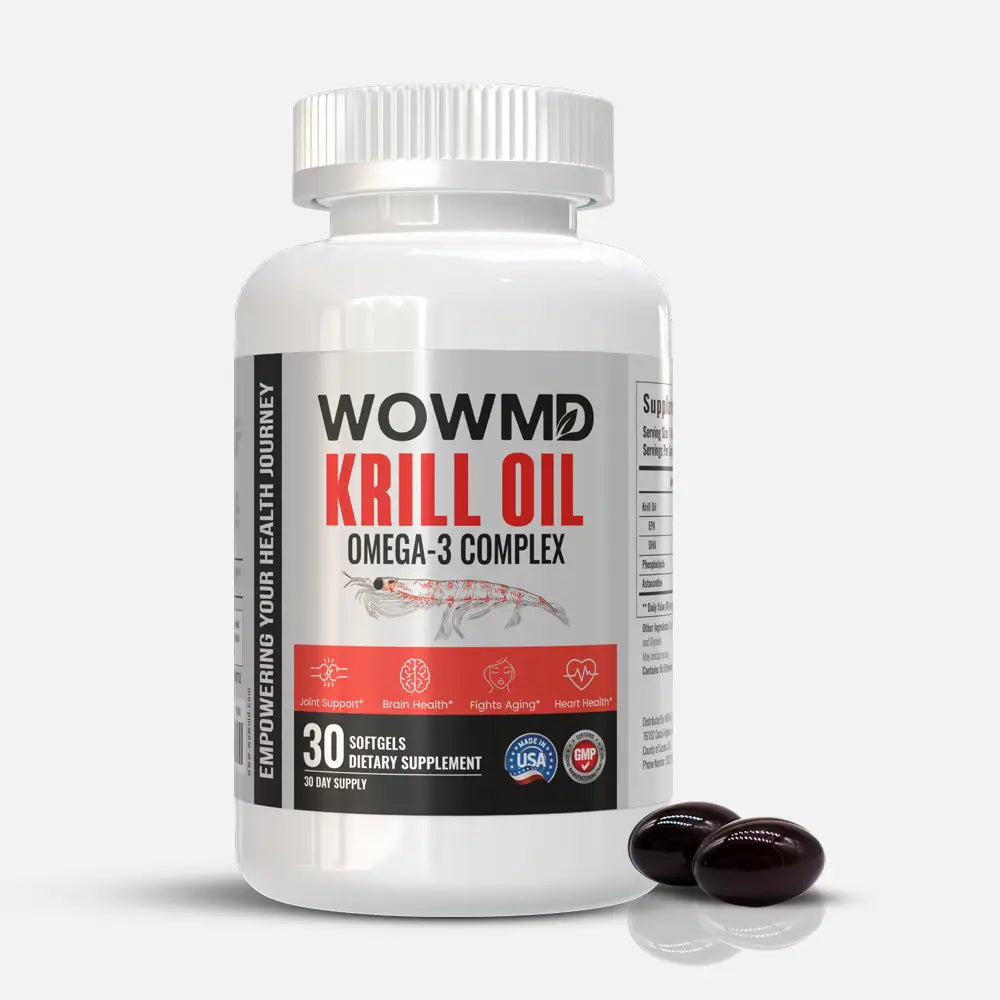
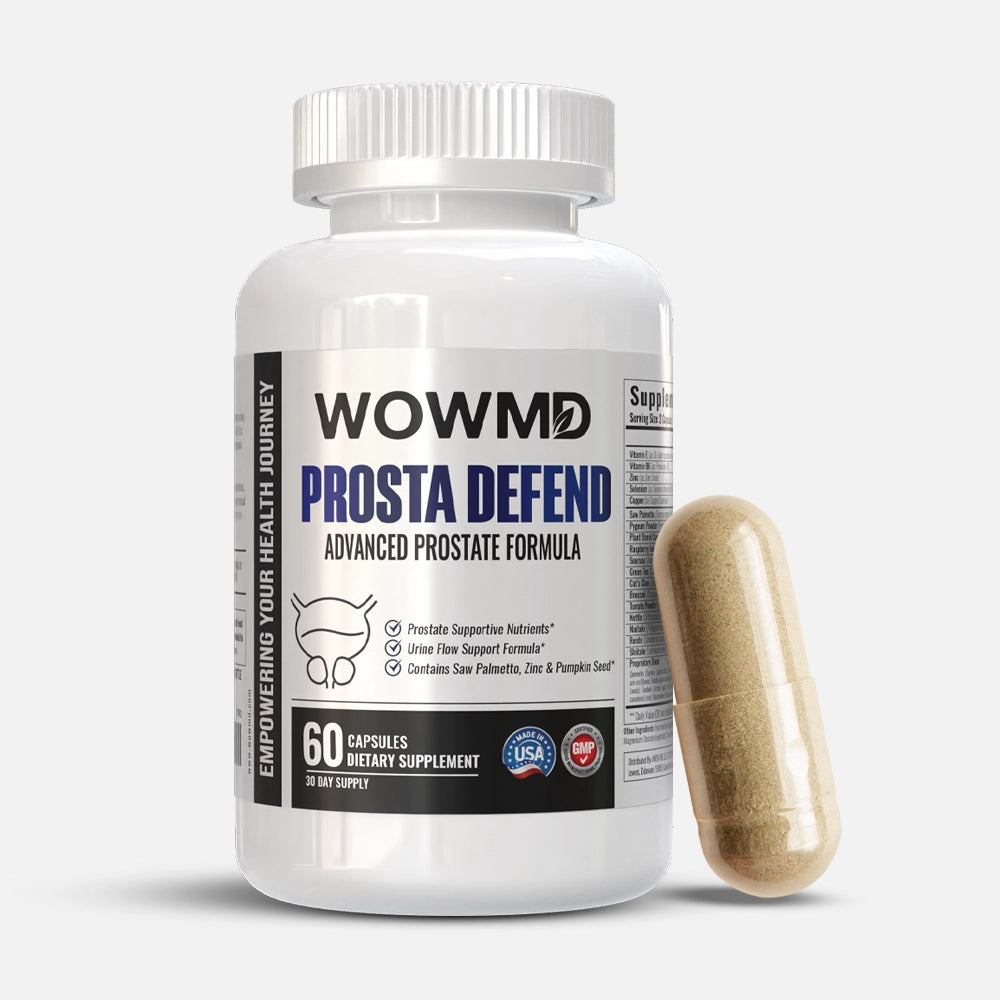

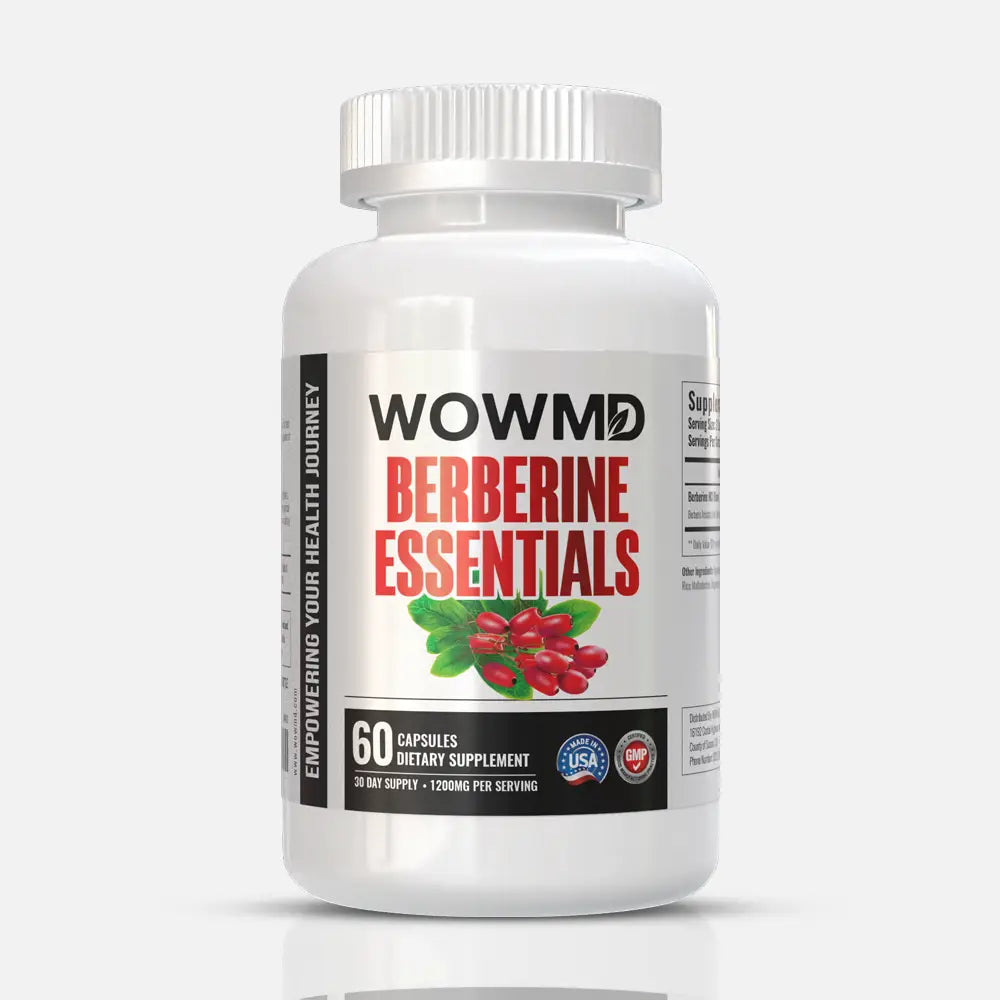
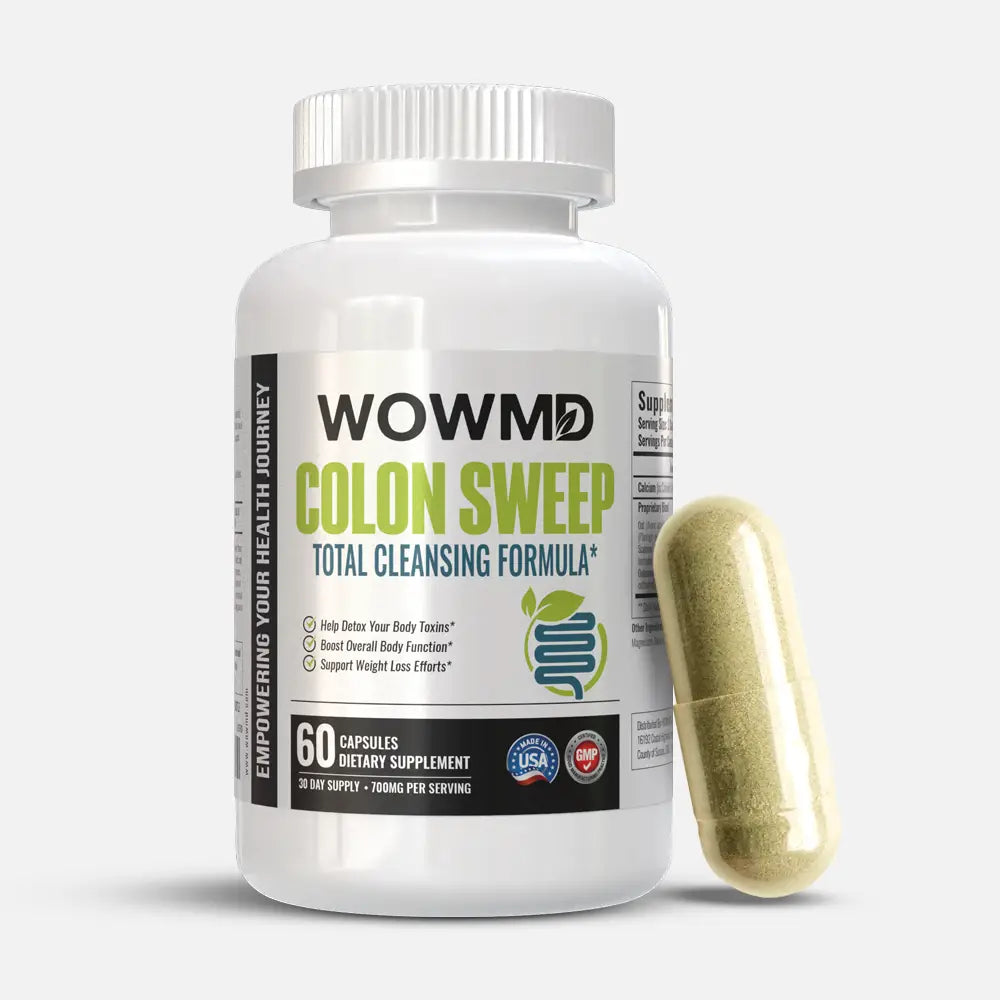
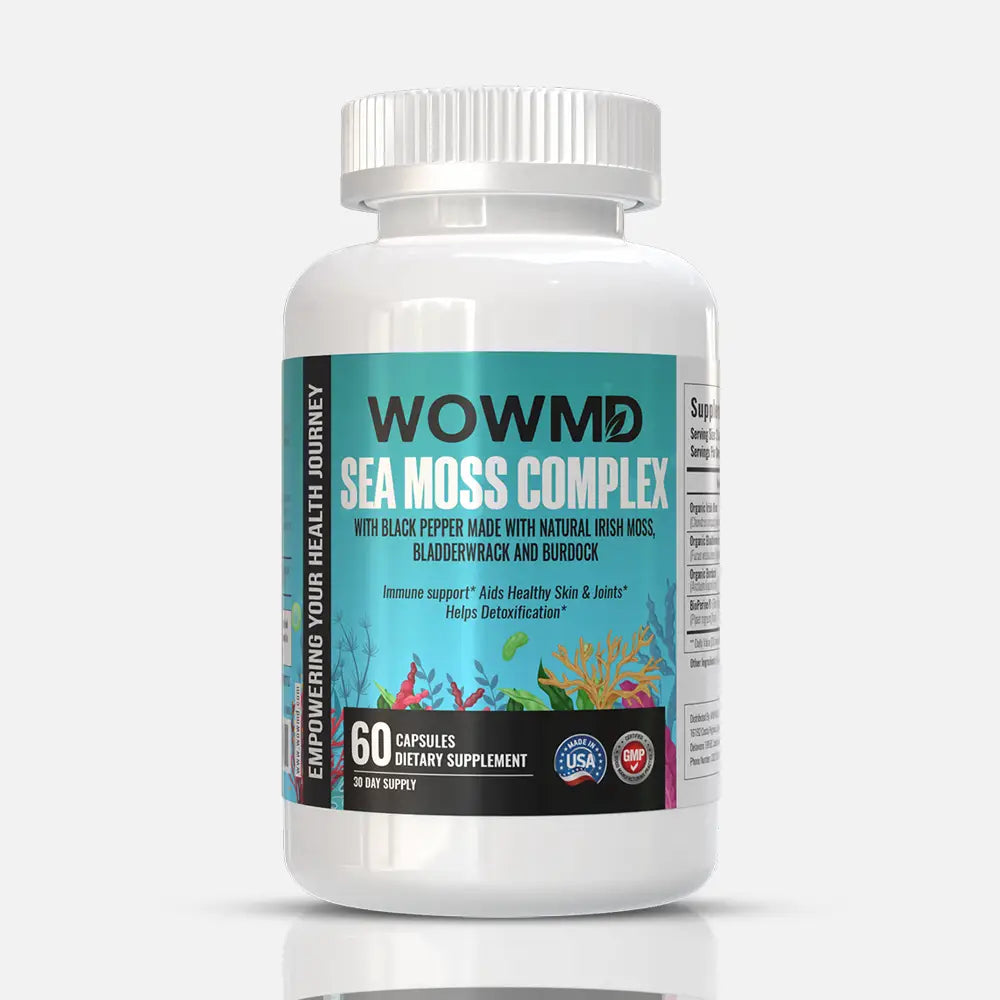

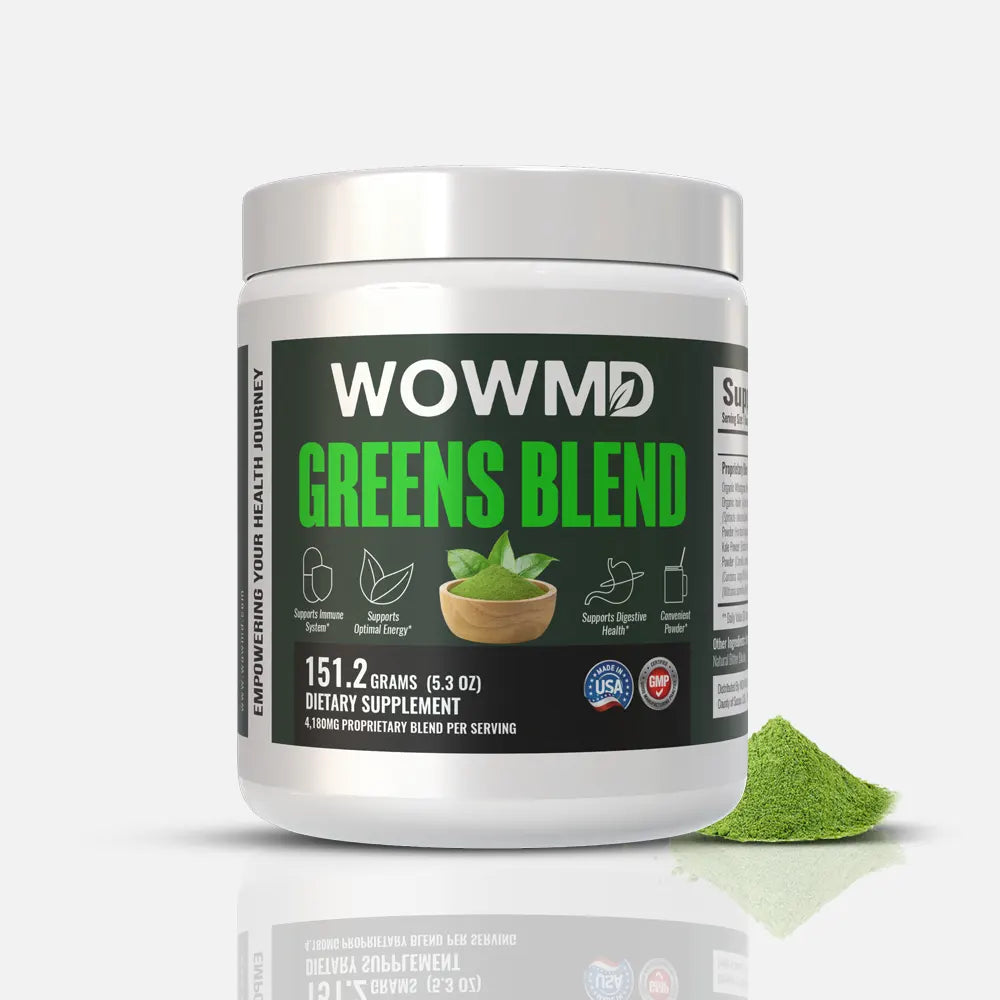
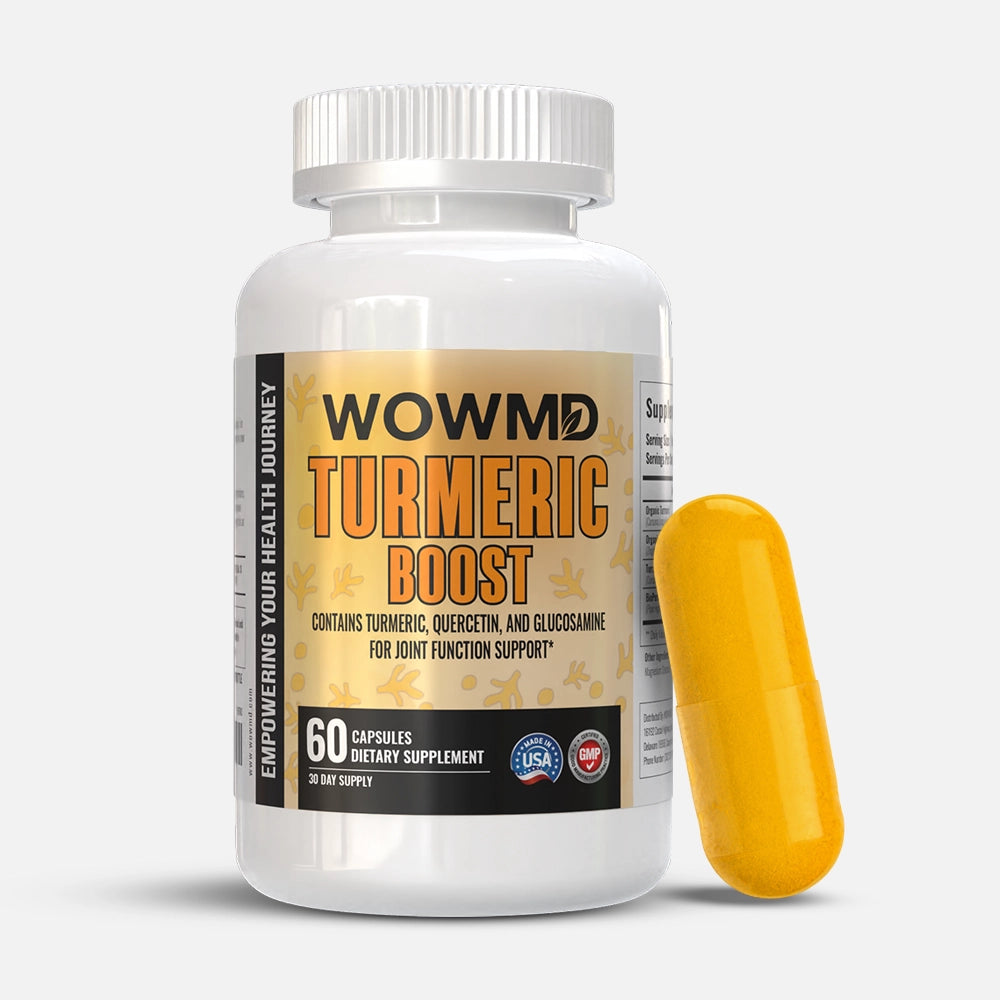




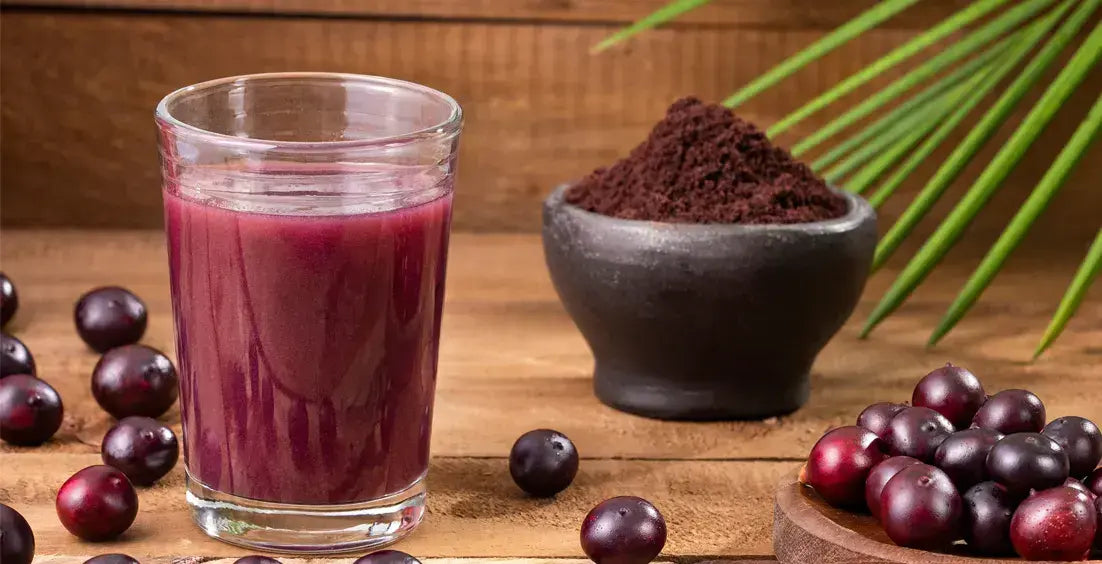
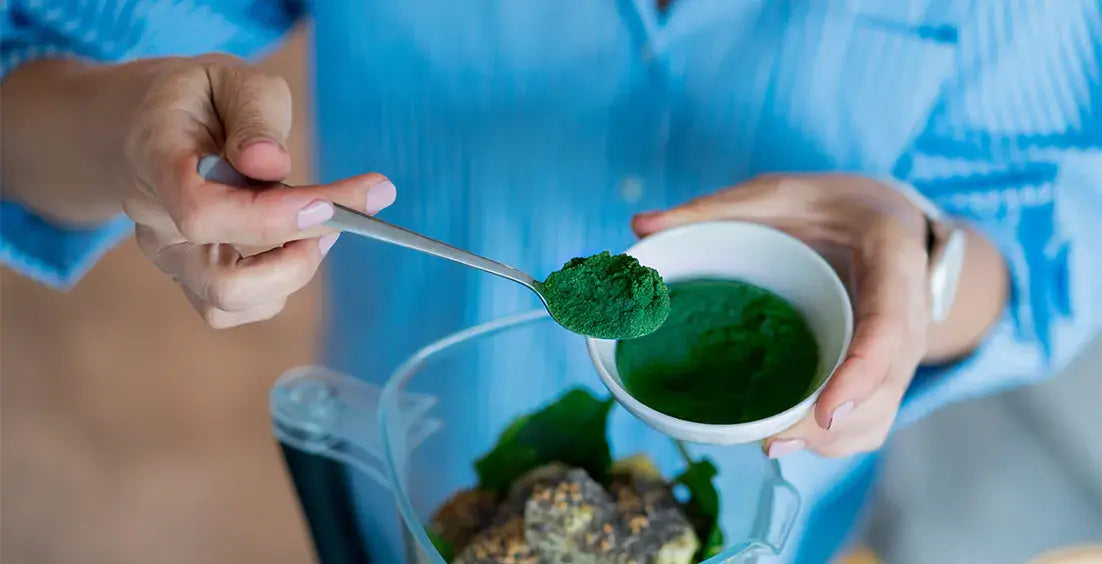
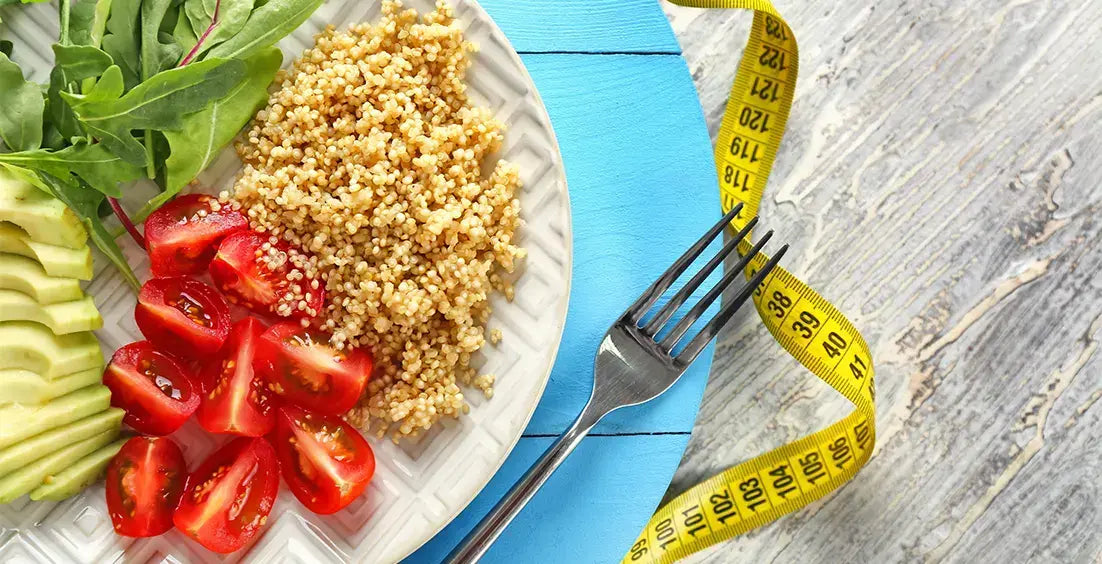


 By WOWMD Staff
By WOWMD Staff
